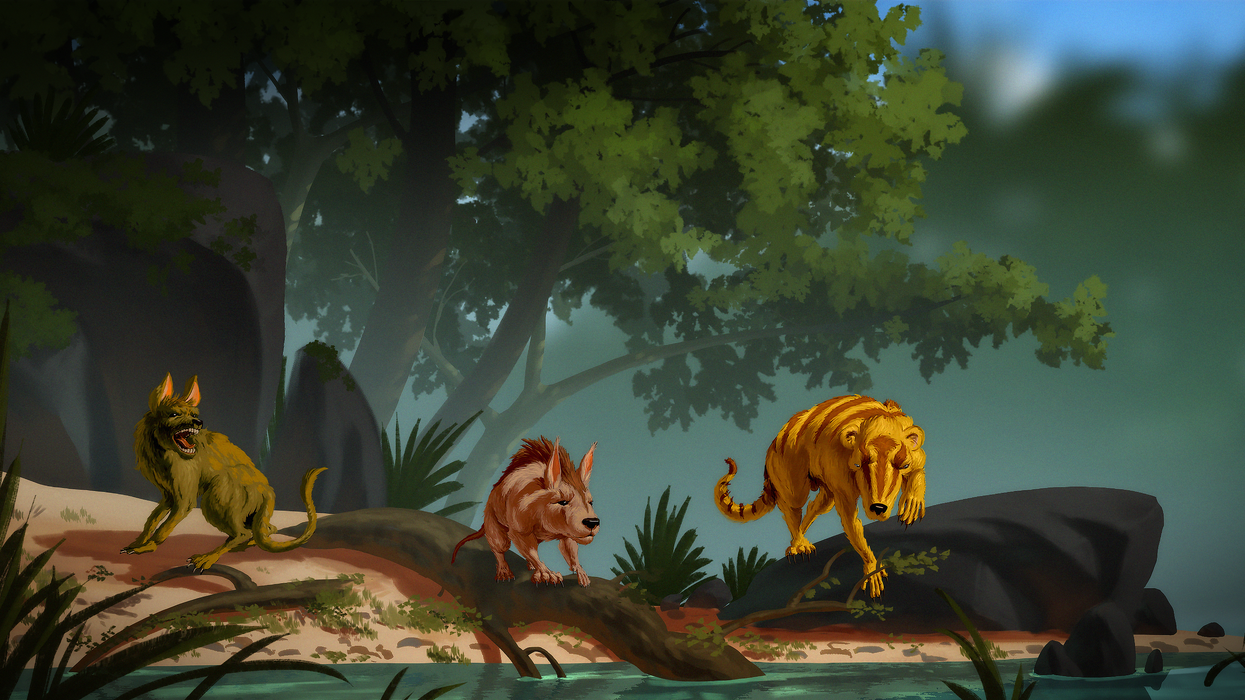
A prehistoric creature, named after The Hobbit character Beorn, is one of three new discoveries that suggest the rapid evolution of mammals after dinosaur extinction.
These prehistoric mammals roamed North America during the earliest Paleocene Epoch, the period immediately after the extinction of dinosaurs.
Researchers say the findings suggest mammals diversified more rapidly after the mass extinction than previously thought.
The creatures discovered are Miniconus jeanninae, Conacodon hettingeri, and Beornus honeyi.
They differ in size – ranging up to a modern house cat, which is much larger than the mostly mouse to rat-sized mammals that lived before it alongside the dinosaurs in North America.
When the dinosaurs went extinct, access to different foods and environments enabled mammals to flourish and diversify rapidly in their tooth anatomy and evolve larger body size
Madelaine AtteberryEach animal has unique dental features that differ from each other.
Beornus honeyi, in particular has been named in homage to The Hobbit character Beorn, due to the appearance of the inflated (puffy) molars (cheek teeth).
The new animals belong to a diverse collection of placental mammals called archaic ungulates, primitive ancestors of today’s hoofed mammals – horses, elephants, cows, hippos.
Paleontologists from the University of Colorado in Boulder unearthed parts of lower jaw bones and teeth – which provide insights into the animals’ identity, lifestyle and body size.
The animals belong to the family Periptychidae that are distinguished from other condylarths by their teeth, which have swollen premolars and unusual vertical enamel ridges.
Researchers believe the creatures may have been omnivores because they evolved teeth that would have allowed them to grind up plants as well as meat.
However, this does not rule out them being exclusively herbivores.
Several mammals appeared for the first time immediately afterwards the mass extinction that wiped out the non-avian dinosaurs 66 million years ago.
For this reason it is generally acknowledged as the start of the Age of Mammals.
Lead author Madelaine Atteberry, from the University of Colorado geological sciences department, said: “When the dinosaurs went extinct, access to different foods and environments enabled mammals to flourish and diversify rapidly in their tooth anatomy and evolve larger body size.
“They clearly took advantage of this opportunity, as we can see from the radiation of new mammal species that took place in a relatively short amount of time following the mass extinction.”
The findings are published in the Journal Of Systematic Palaeontology.













